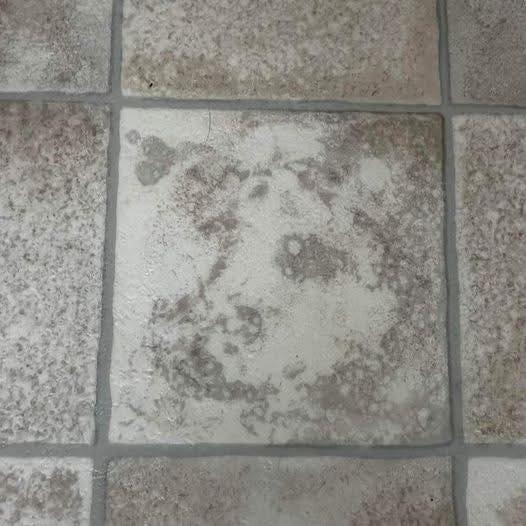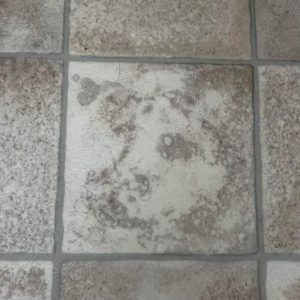
The concept of art is vast and multifaceted, appearing in ways we may not always recognize. Sometimes, we come across images or patterns that seem entirely random, yet our brains perceive them as something familiar. This intriguing psychological phenomenon is known as Pareidolia. It’s a term used to describe our ability to see familiar shapes, particularly faces, in random stimuli. But why does this happen, and what does it say about the way our minds work?

Imagine walking through a forest, glancing at the bark of a tree, and suddenly noticing a face staring back at you. Or perhaps you’re sitting at home, mindlessly staring at a textured wall, when a familiar shape emerges from the randomness of the design. These moments of recognition, where our brains impose meaning onto abstract patterns, are a direct result of Pareidolia. It’s a fundamental aspect of human perception, rooted in how our minds are wired to seek out familiarity in the chaos of the world around us.
This ability is particularly evident in how we perceive faces. Our brains are hardwired to detect faces quickly, an evolutionary adaptation that has helped humans survive. Being able to recognize a friend or a foe from a distance was once crucial for survival. Even today, this skill remains deeply ingrained in us, allowing us to pick out familiar faces in a crowd almost instantly. It’s this same ability that causes us to see faces in places where none actually exist—on the moon’s surface, in rock formations, or even in household objects like power outlets and tree knots.
One of the most universal examples of Pareidolia occurs when people gaze at the clouds. Many of us, especially as children, have lain on our backs and watched as clouds drifted by, forming recognizable shapes. One moment, a cloud might look like a dragon, and the next, it might resemble a running horse. This experience is not only common but also deeply tied to creativity and imagination. It speaks to the human tendency to find patterns and create meaning out of the abstract.
This natural inclination extends beyond just faces and clouds. Many people report seeing animals, landscapes, or even specific objects in everyday textures—whether it’s a pattern in wood grain, the stains on a wall, or the shape of a mountain in the distance. It’s almost as if our brains are determined to find order in randomness. Scientists believe this is a result of how the human brain processes visual information. Our minds are constantly working to make sense of what we see, filling in gaps, and constructing recognizable images from fragments of information.